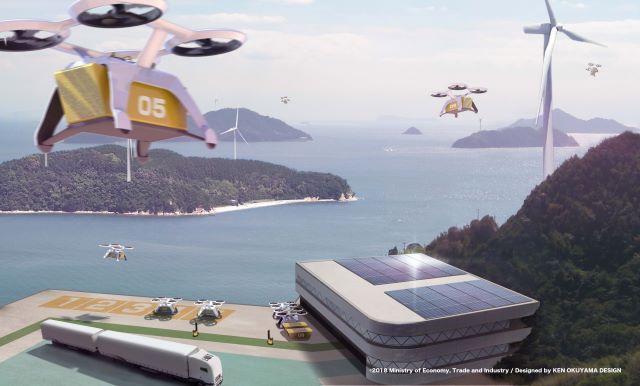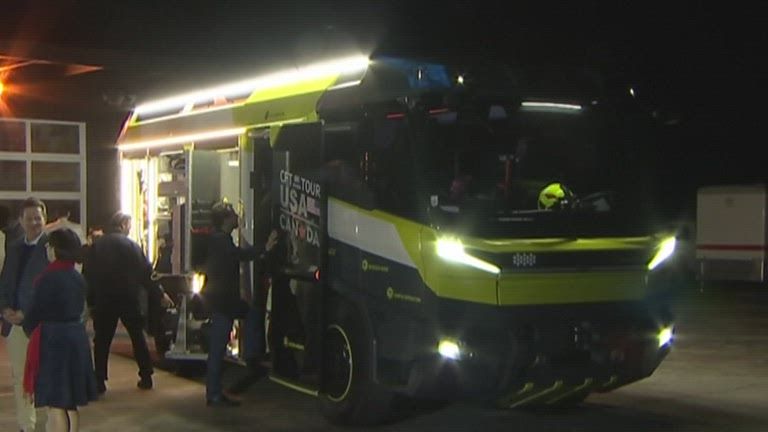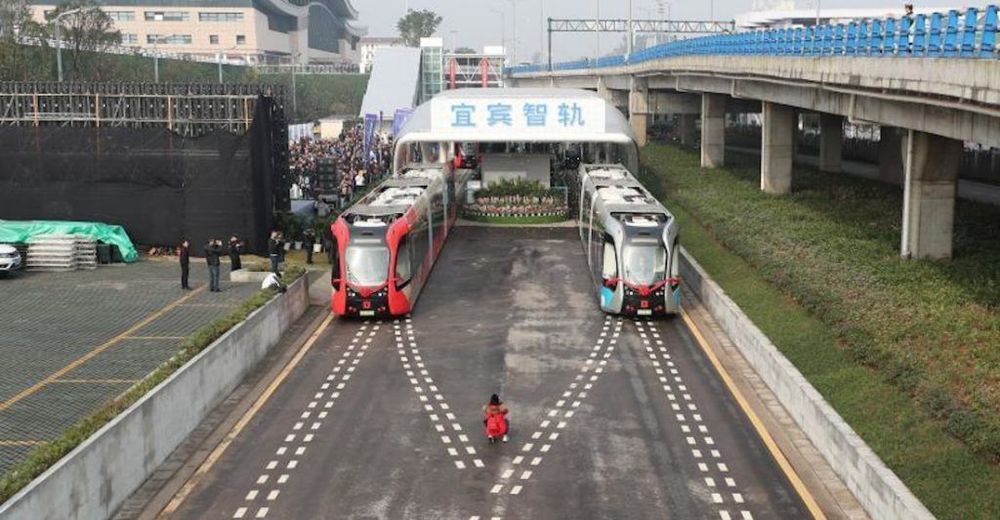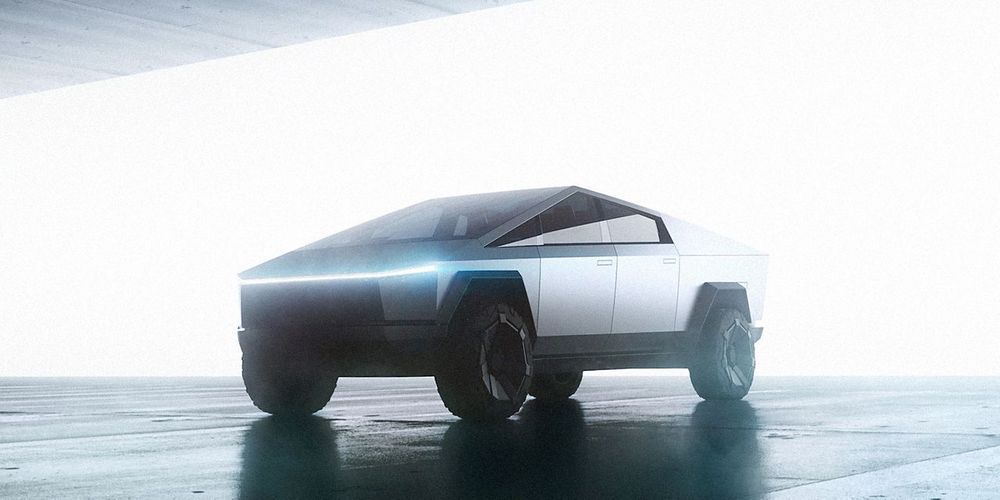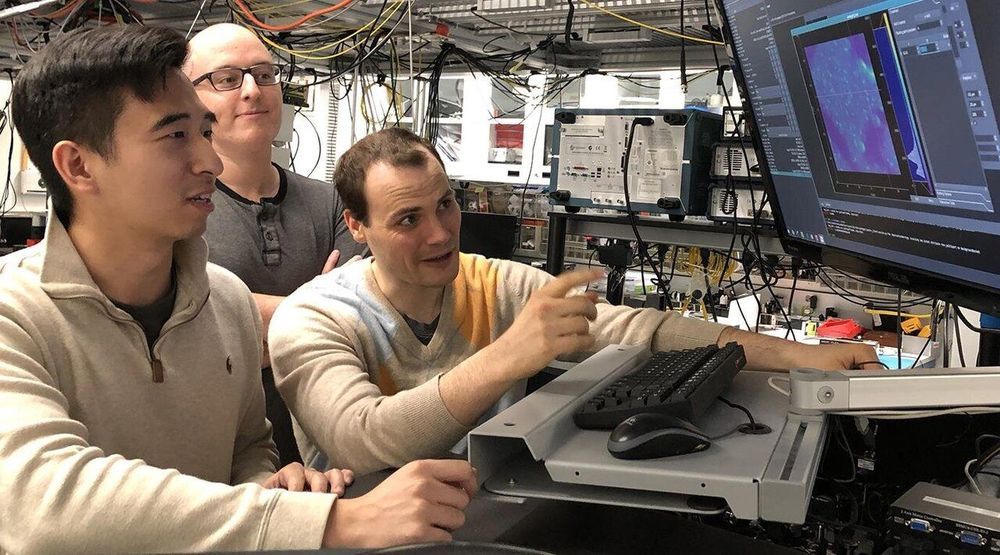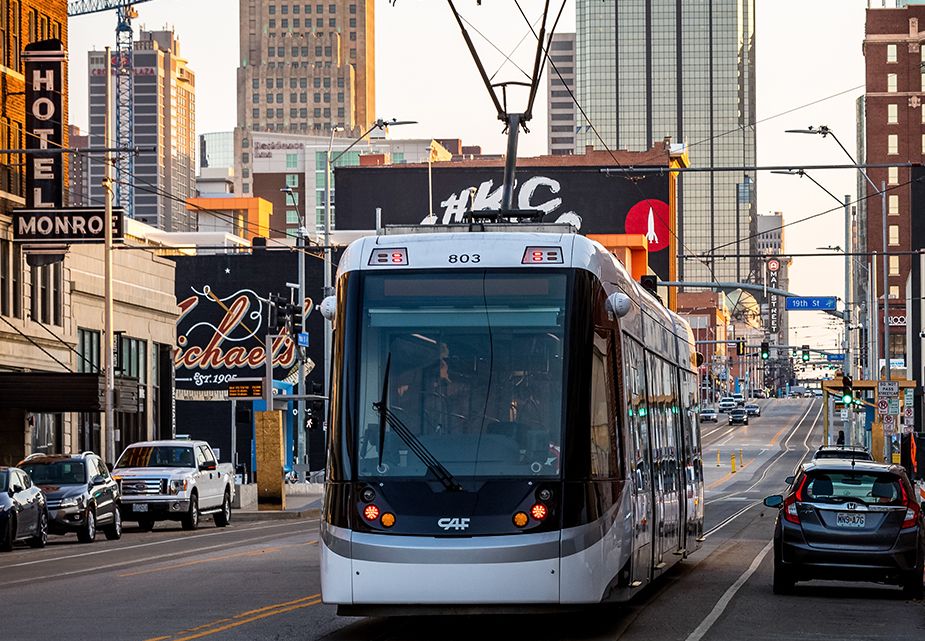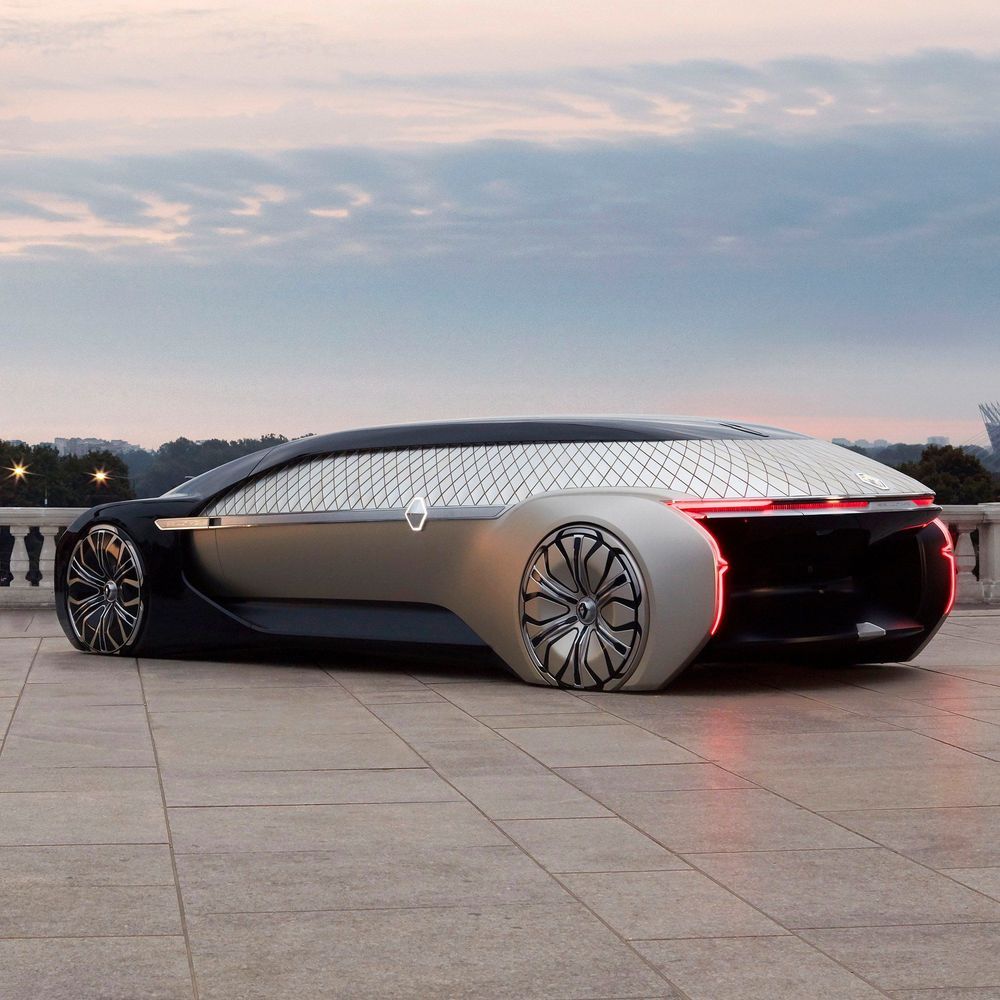Dec 13, 2019
Japan Aims For An Air Mobility Revolution With Flying Taxis And Mobility As A Service
Posted by Klaus Baldauf in categories: robotics/AI, transportation
In 1893, Japanese entrepreneur Kokichi Mikimoto succeeded in creating the world’s first cultured pearls in the coastal city of Toba, Mie Prefecture. Mikimoto changed the world of jewelry and launched a new industry. Today, steps away from the island where Mikimoto created the pearls, Toba is aiming to launch another new industry: flying taxis to offshore settlements. Earlier this year, NEC showed off its eVTOL flying car concept, which hovered 3 meters off the ground for about a minute. These developments are part of a global push to develop autonomous aircraft that could become a $1.5 trillion market by 2040, according to Morgan Stanley Research.
